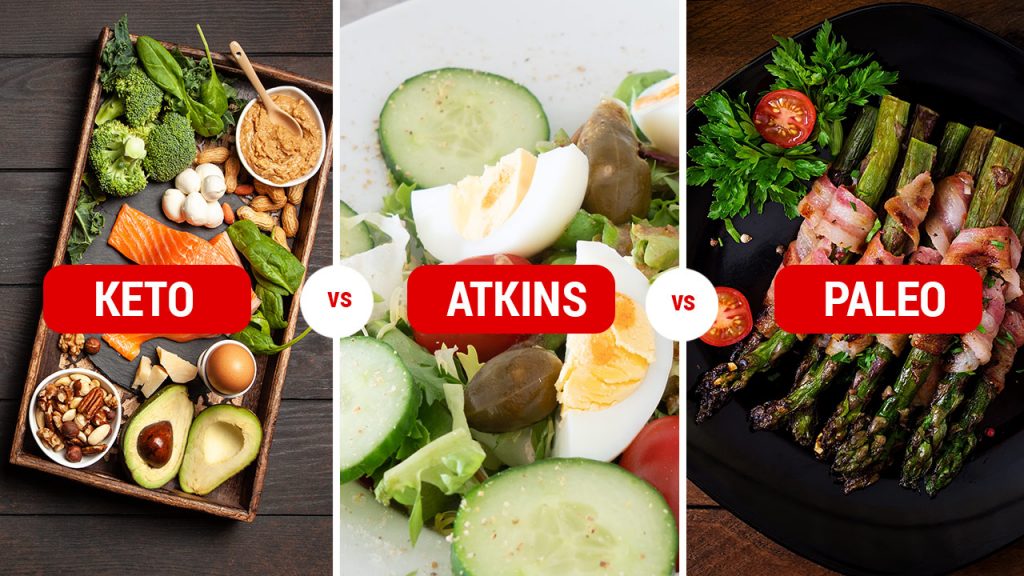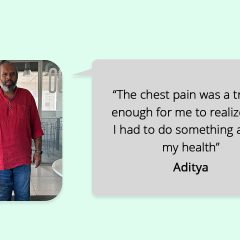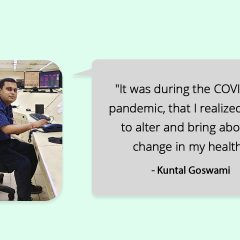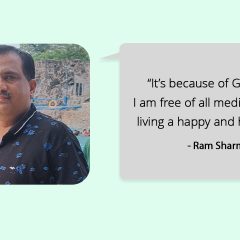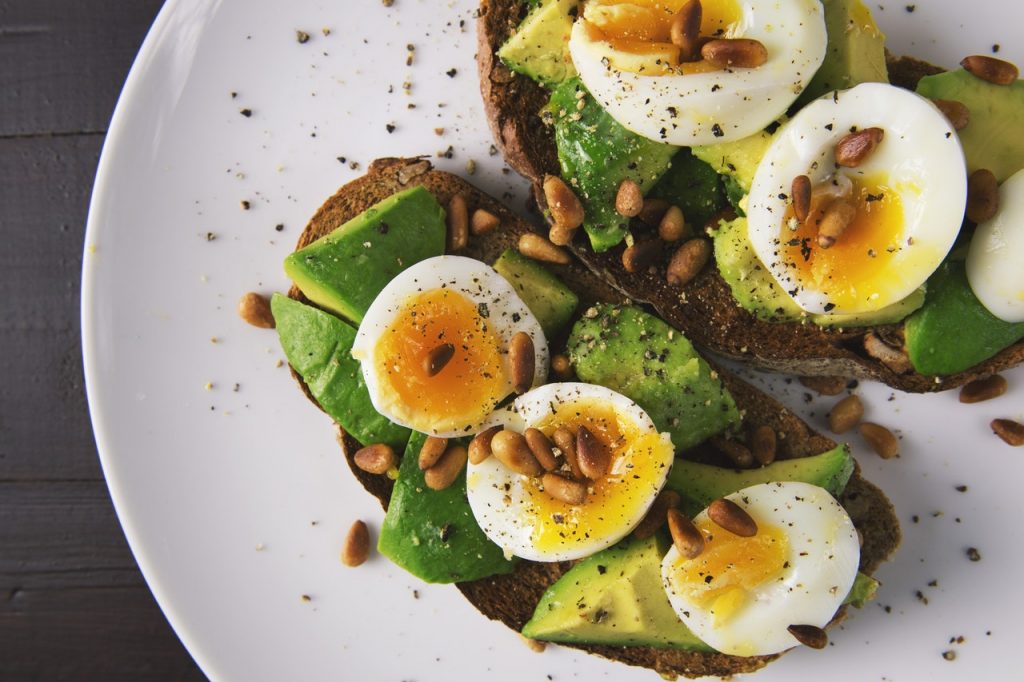
Lately, a lot of my patients have been asking me about the Keto Diet – if it is safe or if I would recommend it. Despite the recent hype, a Keto Diet isn’t something new. In medicine, we have been using it for around a 100 years to treat drug resistant epilepsy, especially in children.
The Keto Diet is a very low carbohydrate, high fat, adequate protein diet which had originally developed in the 1920s for managing intractable epilepsy. Later, it had been indicated in many other conditions such as obesity, diabetes, cancer, Parkinson’s disease. In recent days, Keto Diet has become increasingly popular among people trying to lose weight.
The diet primarily aims at depriving the body of glucose and putting it in a metabolic state (ketosis), in which fats are burned to produce ketone bodies. These ketones are utilized as fuel for energy production instead of glucose. In order to create this state, the dietary carbohydrates are restricted to as low as 20-25g per day and the fat to carbohydrate ratio is typically kept at 4:1 or 3:1 ratio by weight. Because it lacks carbohydrates, it is rich in protein and fats. It typically includes plenty of meats, eggs, processed meats, sausages, cheese, fish, nuts, butter, oils, seeds and fibrous vegetables.
What is Ketosis?
Glucose is the preferred fuel, especially for the brain. Glucose is also required for the complete oxidation of the fats in TCA Cycle. In conditions of starvation or drastic carbohydrates restriction (below 20g/day), i.e. when glucose is not available, fats are broken down in an alternate pathway to produce ketone bodies. These ketone bodies are utilized by the brain and other tissues for energy production instead of glucose. This condition is known as Ketosis.
What Are The Effects of a Keto Diet on Weight Loss?
The effect of Keto Diet on weight loss has been attributed to several possible factors:
- The appetite suppressing the action of ketone bodies by modification of hormones.
- Reduction in the accumulation of fat (lipogenesis) and breakdown of fat (lipolysis).
- Increased metabolic cost of gluconeogenesis (breakdown of fat or protein for glucose) and thermic effect of protein.
- High satiating effect of fats which provides the feeling of fullness for longer hours.
Benefits of a Ketogenic Diet Beyond Weight Loss
Due to obesity, excess body fat is closely associated with insulin resistance. The metabolic disturbances associated with insulin resistance due to inefficient utilization of glucose are improved with low carbohydrate high-fat diets. These changes beneficially affect gene expression, improved resistant states, attenuate oxidative stress and inflammatory conditions.
Significant reductions in serum triglycerides, marked increase in HDL cholesterol and decrease in inflammatory markers have been observed with this diet.
Potential Risk of Following This Diet
Despite the metabolic benefits of Keto Diets, the severe carbohydrate restriction and huge fat content of the diet raises question regarding safety. The severe restriction in diet calls for inadequacies of several nutrients.
- Selenium deficiency is noted which leads to abnormal cardiac rhythm and impaired myocardial functions.
- Arterial stiffness, increase in LDL cholesterol occurs in about half the individuals on Keto Diet.
- Although it might show improvements in certain cardiovascular parameters like increased HDL and lowered TGLs, this mostly in the short term. In the long term, it has been shown to cause Hepatic Steatosis (accumulation of fat in the liver), Dyslipidaemia and glucose intolerance in mice.
- It affects calcium balance and bone health. Prolonged exposure to the acidic environment caused by the ketones in blood can lead to progressive loss of bone minerals.
- In fact, Nephrolithiasis, a very commonly noted complication of the Keto Diet, can be attributed to increased urinary calcium which leads to stone formation.
- High amount of fat in the diet gives rise to gastrointestinal tolerance issues which include nausea, diarrhoea, constipation and GERD(Gastro Esophageal Reflux Disease).
- Other side effects include dehydration, Hypoglycaemia, Hyperuricemia, Pancreatitis, Ketoacidosis, low serum sodium and magnesium have been reported.
Practical Considerations To Be Taken
It is important to consider the total calorie intake, especially in context of weight loss. Reduction in total calorie intake is always important and not just replacing carbohydrate calories with fats.
With the above considerations, a modified Keto Diet can serve as an effective tool for weight loss with certain added metabolic advantage and can be advised to obese individuals having no other metabolic disorder for a limited period of time. This should, however, be followed up with a healthy and more balanced eating plan on the long term.
Please note that we do not advocate, advise or recommend fad diets to our players. Please reach out or consult your doctor, dietician or nutritionist before making changes to your diet.
For more topics on diets, nutrition and health, check out Healthy Reads or ask a GOQii Coach by subscribing for personalized coaching here: https://goqiiapp.page.link/bsr
#BeTheForce
